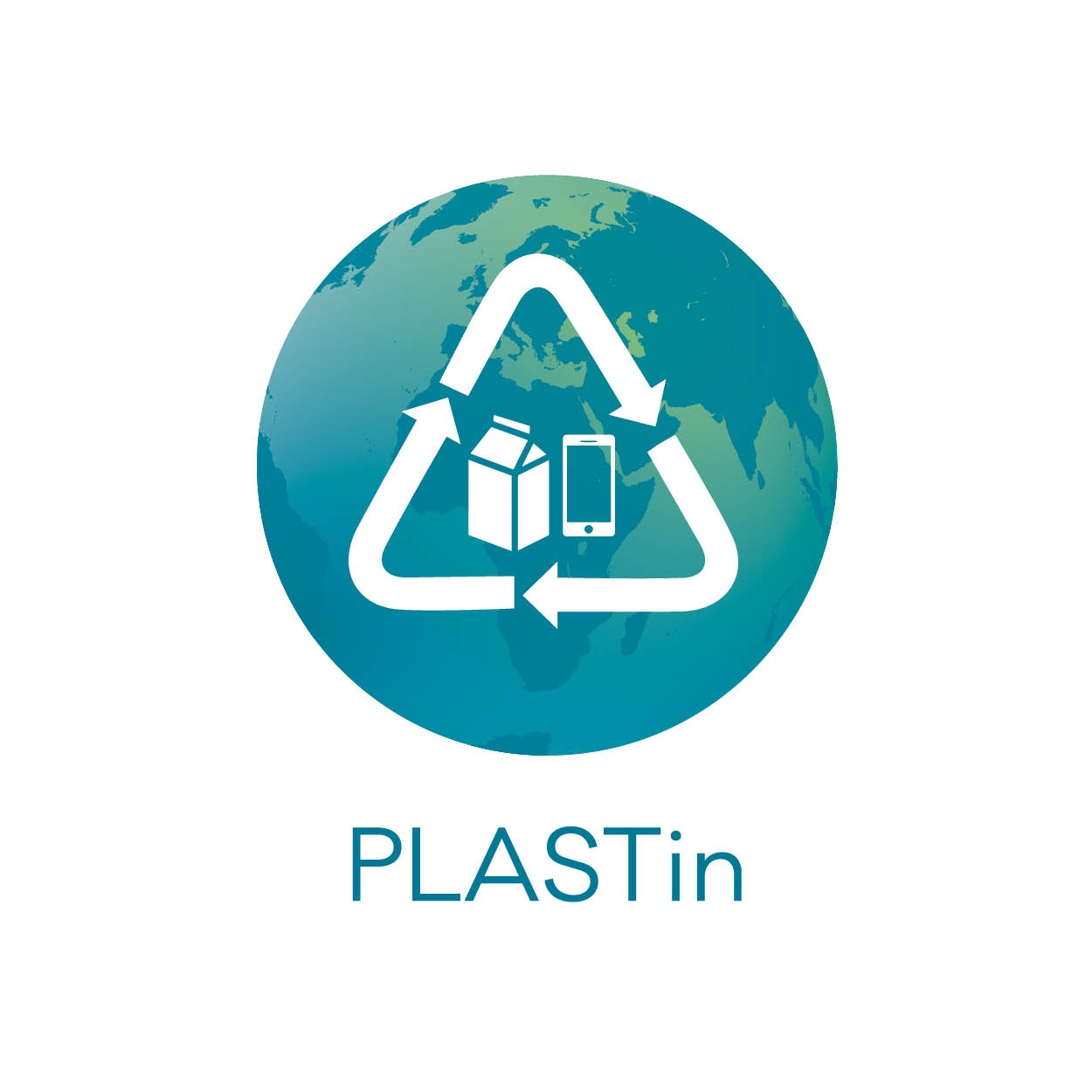“Some plastic waste is very challenging to recycle, but we were able to demonstrate that even existing technical solutions can be used in new ways to improve the situation,” says Mika Horttanainen, Professor of Environmental Engineering at LUT University. He led the two-year co-innovation project PLASTin, which was coordinated by CLIC Innovation and funded by Business Finland. The participants included five research organizations and nine companies.
One of the main interests in the project was the plastic layer on liquid packaging boards. In Finland, the fiber of the package is already widely recycled, but the reject containing plastics, aluminum and fiber residues is usually incinerated.
“We found ways to use the reject in plastic composite materials. We also managed to wash and filter the reject so well that it can be used as plastic in a wider variety of products,” Horttanainen says.
Increasingly challenging fractions to handle
Reetta Anderson, R&D Project Manager at Fortum Waste Solutions, followed the general part of the PLASTin project with a keen eye while leading Fortum’s own project on related topics. Fortum specializes in the mechanical recycling of post-consumer plastic packaging waste and the management of unrecyclable rejects.
“We are eager to find ways to recycle plastic streams, that are not yet recyclable. In the future, we need to recover more and more challenging fractions but also produce better and better quality. This project enabled us to engage in conversation and get valuable insights from others involved in the recycling of challenging plastics,” Anderson says.
Harmful substances to avoid in electronic waste
Kuusakoski, another core partner in the PLASTin project, is best known for the recovery and recycling of metals, but it also handles plastic waste coming from cars and electronic equipment.
“Our goal is to recover the plastic we receive and deliver it to our partners. The recovered plastic fraction is, however, quite mixed and it often contains harmful substances, such as brominated flame retardants,” says Tiina Malin, R&D Manager at Kuusakoski.
According to Horttanainen and Malin, feasible ways were found in the project to identify plastic particles containing harmful substances. This, in turn, supported Kuusakoski in remodeling their separation process.
“We provided researchers with samples from our large-scale trials and received analyses and carefully thought-out proposals from them. Now, we can recover more recyclable plastics than before the project,” Malin says.
As the chair of the steering group Malin was delighted to see, how much time and effort research and business partners dedicated to the PLASTin project.
“The project gave us a chance to gather knowledge from a network of top specialists with different points of view.”
To sort less and recover more?
Besides handling challenging fractions of plastic waste, the PLASTin participants assessed the carbon dioxide emitted during the whole life cycles of plastics used in liquid packaging board and in electronic waste. Both mechanical and chemical recycling of plastic were considered.
“Mechanical recycling fared better when comparing environmental impacts, but chemical recycling produces high quality plastics even for food contact packages. Thus, the most sustainable choice is to use mechanical recycling for plastics that can be well separated and chemical recycling for the remaining contaminated or mixed plastics,” Horttanainen says.
Life cycle assessments were also used to find a way to improve the recycling of plastic waste in sparsely inhabited areas. The municipal recycling system in Finland relies heavily on consumers sorting waste and cities collecting it. In sparsely inhabited areas, however, people are expected to take their sorted streams to collection points, and the yield remains modest.
The PLASTin researchers considered an option familiar in Germany: Sort less and recover more. They combined plastic, fiberboard and metal streams before collection and transferred collection from centralized points to homes.
“Combining the streams could in some cases remarkably increase the yield of plastic waste and result in lower overall carbon emissions. This could be one of the many ways to enhance plastic recycling,” Horttanainen says.
Author: Marianna Salin


